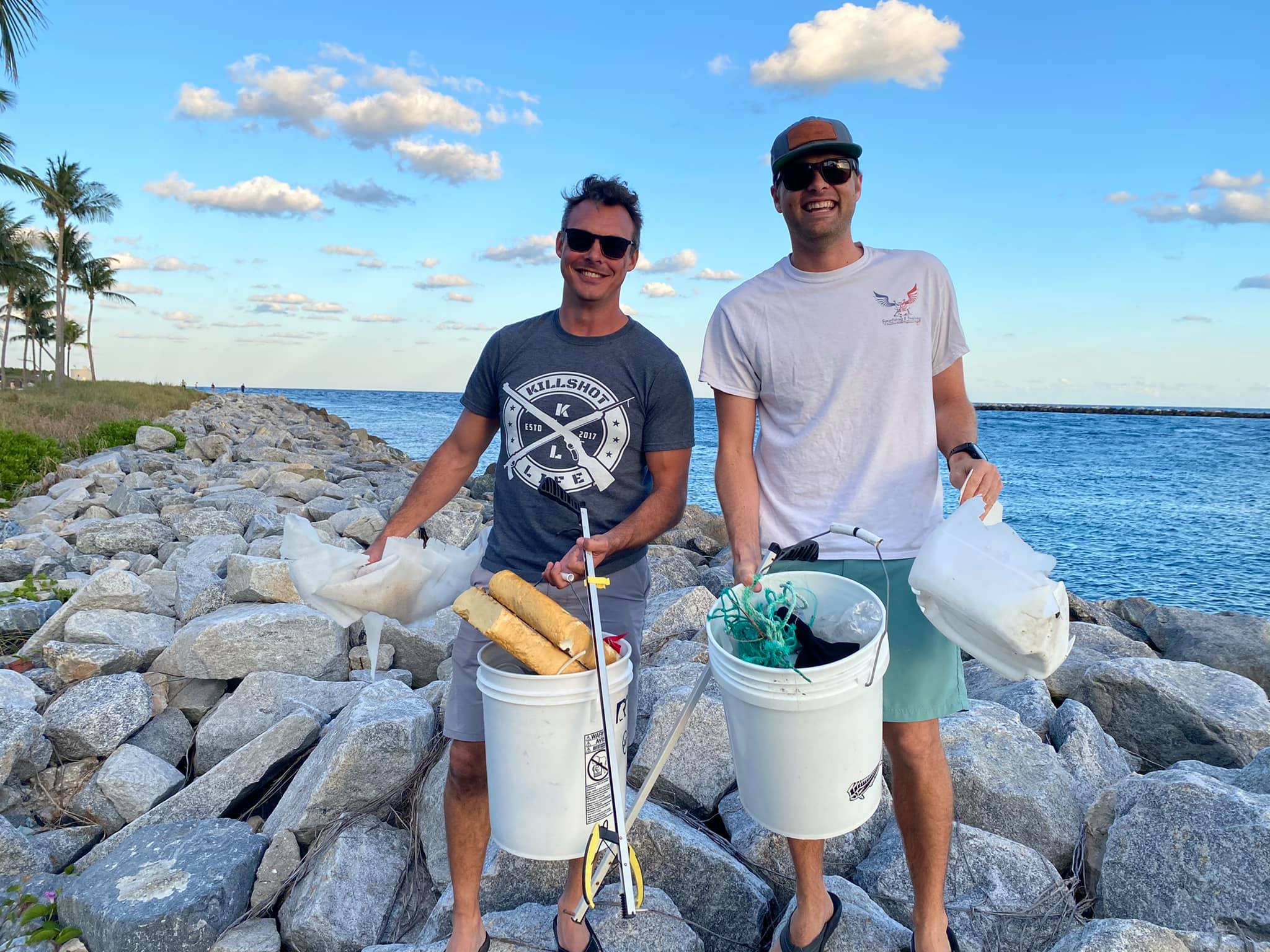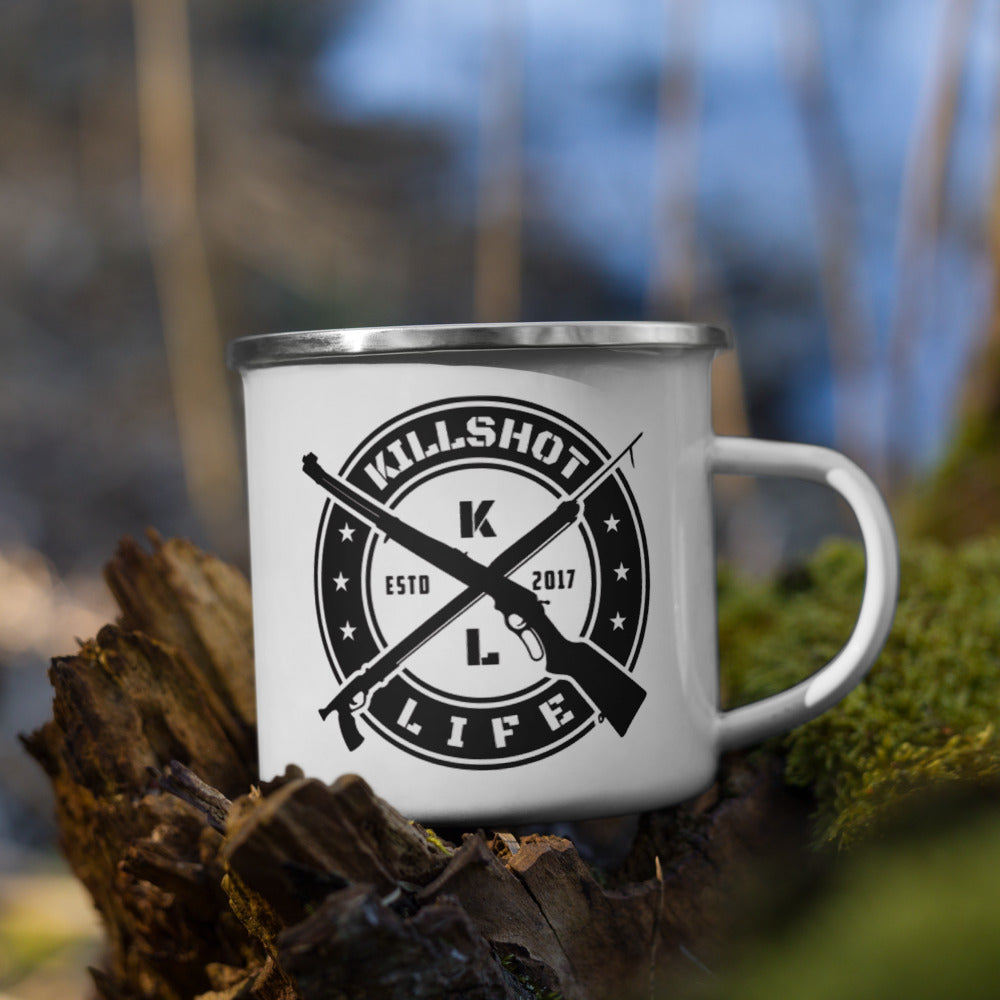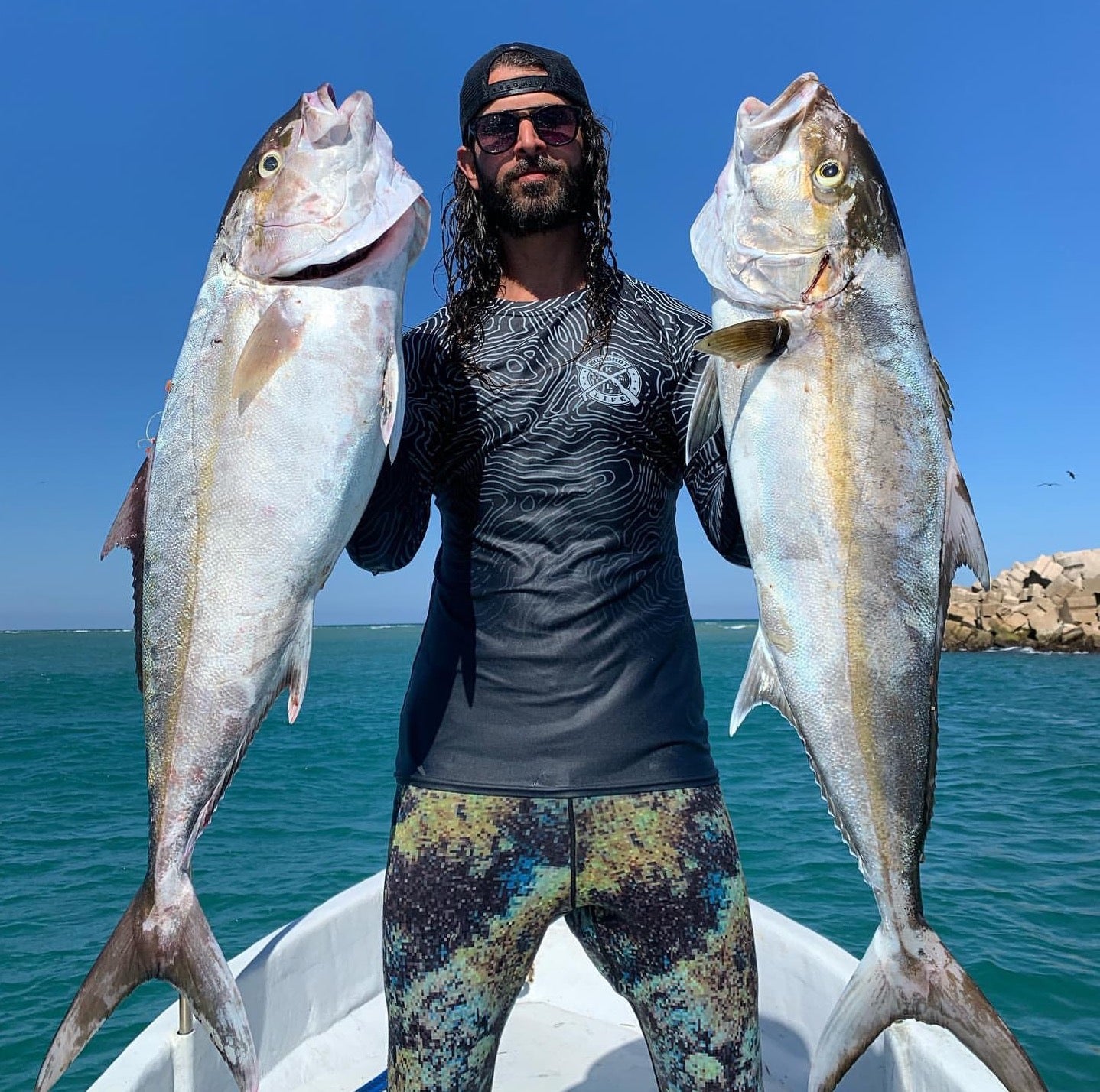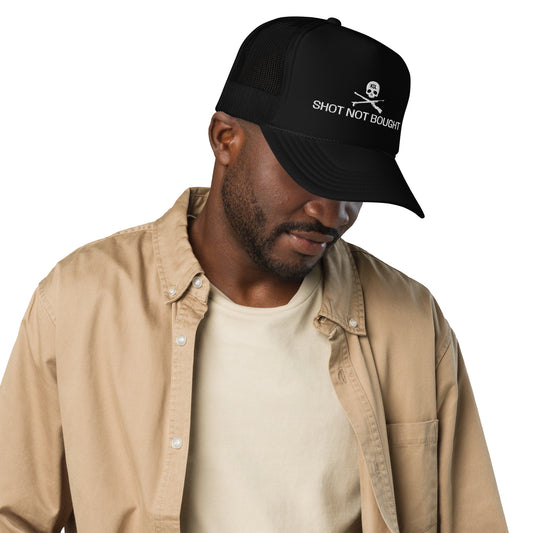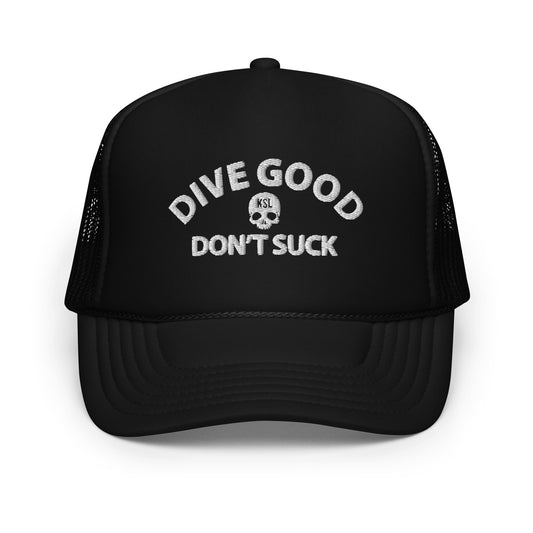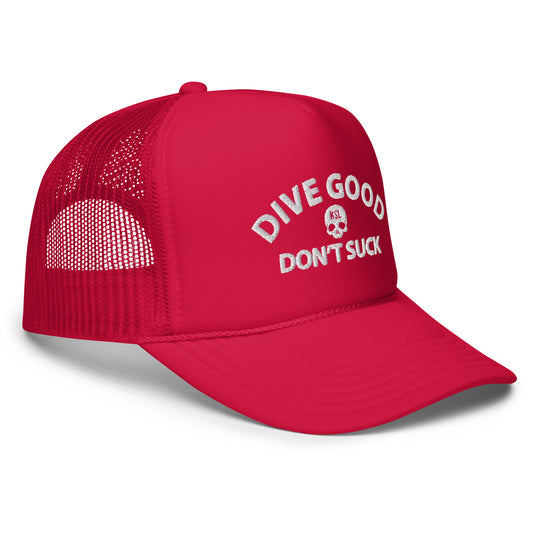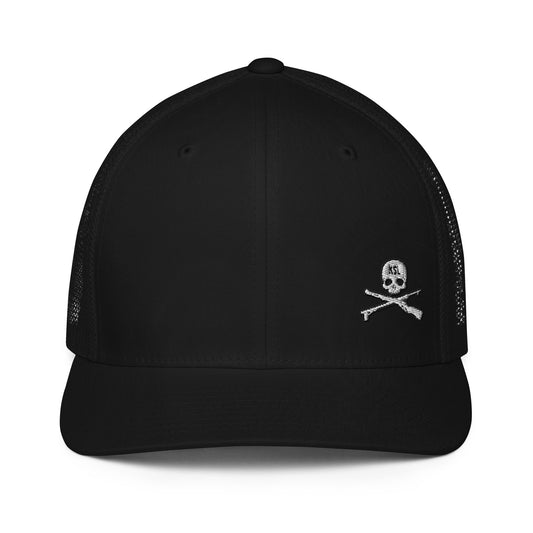The Best Time of Year to Fish and Hunt Bluefin Tuna in California
Share

Bluefin tuna fishing in California is a thrilling and rewarding pursuit, drawing anglers from across the country to experience the challenge of landing these powerful and highly sought-after fish. However, successful bluefin tuna hunting requires careful consideration of both legal regulations and environmental factors. In this comprehensive guide, we'll explore the best time of year to hunt bluefin tuna in California, taking into account the legal season and peak availability.
While it's possible to fish for tuna year-round in California, particularly if you're willing to venture south, most anglers prefer to wait for the prime season, which runs from June 1st to November 1st. During these peak months, tuna fishing reaches its best, offering exceptional opportunities for anglers.
One of the top spots for California Bluefin tuna fishing is San Diego, often referred to as the "Tuna Capital of the World" due to its consistently outstanding tuna action.
It’s important to note that California’s regulations allow for Bluefin tuna fishing year-round, with no specific closed season. However, fishermen should be aware of the strict bag limits: a maximum of 2 Bluefin tuna per person per day and no more than 20 Bluefin tuna per boat at any time. These limits are in place to help preserve the tuna population while still allowing for an exciting and sustainable sport fishing experience.
What is Bluefin Tuna?
Bluefin tuna, the largest of the tuna species, are known for their powerful, torpedo-shaped bodies and remarkable ability to cover vast distances during their annual migrations. These impressive fish are found worldwide, and in the United States, they are commonly seen along the Atlantic and Pacific coasts, as well as in the Gulf of Mexico, where they gather for spawning. Renowned for their speed and strength, bluefin tuna are highly sought after by both commercial and sport fishermen.

Legal Regulations:
Before embarking on a bluefin tuna fishing adventure, it's crucial to familiarize yourself with the current regulations set by the California Department of Fish and Wildlife (CDFW). Bluefin tuna are subject to strict size and catch limits to ensure the sustainability of the fishery. The legal season may vary from year to year, so it's essential to stay updated on the latest regulations to avoid any legal complications.
Typically, the bluefin tuna season in California spans from spring through fall, with peak months often falling in the summer. However, these dates can be subject to change, so it's advisable to check the CDFW website or contact local authorities for the most current information.
Environmental Factors:
Understanding the environmental factors that influence bluefin tuna migration and feeding patterns is key to maximizing your chances of a successful catch. Bluefin tuna are known for their extensive migrations, and their movements are often influenced by water temperature, currents, and the availability of prey.
- Water Temperature: Bluefin tuna prefer warmer waters, and their presence is often associated with areas where the water temperature ranges between 60°F and 70°F. In California, these temperature conditions are commonly found during the summer months, making it an ideal time for bluefin tuna hunting.
- Currents and Upwelling: Bluefin tuna are attracted to areas with nutrient-rich water, often created by upwelling currents. Understanding the oceanographic conditions that lead to upwelling can help you identify productive fishing grounds.
- Prey Availability: Bluefin tuna feed on various prey species, including anchovies, squid, and other small fish. Monitoring the abundance of these prey species in your target area can provide valuable insights into the likelihood of encountering bluefin tuna.
Local Insights:
Connect with local fishing communities, charter captains, and fellow anglers to gather firsthand insights into current conditions. Local knowledge can be invaluable in determining the best time and location for bluefin tuna hunting. Social media groups, forums, and fishing reports are excellent resources for staying informed and sharing experiences with the angling community.
El Niño Summer Predicted for 2024: Exceptional Fishing Ahead!
El Niño, a weather phenomenon that occurs every few years, happens when ocean surface temperatures in the Pacific become warmer than usual. This rise in temperature has a profound effect on marine life, particularly on fish migration patterns, creating some of the best fishing conditions of the year. For 2024, a strong El Niño is expected to dominate the summer months, making sportfishing in and around San Diego particularly exciting.
How El Niño Impacts Tuna Fishing
Tuna thrive in warmer waters, and during El Niño events, they often migrate closer to shore. This means anglers in the San Diego area can look forward to prime opportunities to target several tuna species, including yellowfin, bluefin, and albacore. The warmer waters also bring large schools of baitfish nearer to the coast, attracting predatory species like tuna, dorado (mahi-mahi), and yellowtail. For deep-sea fishing enthusiasts, an El Niño summer offers some of the most exciting conditions possible.
Expect a Variety of Fish Species
One of the most appealing aspects of an El Niño summer is the sheer variety of fish species that migrate closer to the coast. Aside from tuna, anglers can expect to encounter other sportfishing favorites such as marlin, wahoo, and even shark. This makes for a thrilling and diverse fishing experience, as multiple species can be targeted on a single trip, offering a range of challenges for anglers of all skill levels.
The warmer waters are also known to create excellent fishing conditions for species like calico bass, sand bass, and halibut, which become more active as the ocean heats up. Additionally, species that are usually found in deeper waters, such as rockfish and lingcod, may be more accessible. El Niño effectively turns the ocean around San Diego into a playground for anglers, with abundant opportunities to catch a wide variety of fish.
Benefits and Challenges of El Niño
While the warmer waters of El Niño bring abundant fishing opportunities, there are some challenges to consider. Elevated ocean temperatures can decrease oxygen levels in the water, potentially harming some fish species. However, the influx of baitfish drawn by these conditions often offsets this, providing ample food for predatory fish, which can actually lead to increased populations of certain species.
Despite these potential drawbacks, an El Niño summer typically results in phenomenal fishing conditions, with larger schools of fish moving closer to shore and a wider array of species to target. For both recreational and competitive anglers, the 2024 El Niño is shaping up to be a remarkable year for fishing.
Planning Your 2024 El Niño Fishing Trip
With the forecasted El Niño promising prime fishing conditions, it’s a great time to plan your summer fishing trips. Here’s what you can expect:
- Tuna fishing will be at its best, with species like yellowfin and bluefin thriving in the warmer waters. Look for these predators to move closer to the coast as they chase schools of baitfish.
- Dorado and yellowtail will also be more plentiful, making for exciting deep-sea trips where you can expect a high level of action.
- Variety in species will be the norm. Marlin, wahoo, and shark are likely to join your target list, offering thrilling big-game fishing experiences.
- Inshore fishing for species like calico bass, sand bass, halibut, and rockfish will be excellent, giving anglers plenty of options whether they prefer coastal or offshore fishing.
With such a wide range of species to target, an El Niño summer presents a unique opportunity for anglers to diversify their fishing experience and enjoy the excitement of landing multiple types of fish on a single outing.
How Are Pacific and Atlantic Bluefin Tuna Management Practices Different?
Management practices for Pacific Bluefin Tuna differ significantly from those for Atlantic Bluefin Tuna due to varying regulations, population dynamics, and geographic challenges.
In the Pacific, regulations for Pacific bluefin tuna tend to be less stringent compared to the Atlantic. States along the Pacific coast, such as California, have the authority to set their own bag limits and fishing regulations. However, a 2020 population assessment indicated that Pacific bluefin tuna are being overfished, prompting discussions about stricter regulations to protect the species.
One of the key challenges in managing Pacific bluefin tuna is their extensive migration patterns, which span across international waters from California to Japan. This makes coordinated conservation efforts more difficult, as each country or state may have its own rules for harvesting the species. The fragmented nature of these regulations often limits the overall effectiveness of conservation strategies.
In contrast, Atlantic Bluefin Tuna management is generally more coordinated and strict. Atlantic bluefin are subject to international regulations through organizations like the International Commission for the Conservation of Atlantic Tunas (ICCAT). These regulations include quotas, size limits, and strict enforcement of catch limits, aiming to protect the species from overfishing. This coordinated, international approach has been more effective in rebuilding Atlantic bluefin populations, but it also comes with stricter rules for anglers and commercial fishermen alike.
Overall, while both Pacific and Atlantic bluefin tuna are managed with conservation goals in mind, the Pacific’s fragmented regulatory approach and extensive migration routes pose greater challenges compared to the more structured and internationally coordinated management of Atlantic bluefin tuna.
Tips for Spearfishing Bluefin Tuna
If you're choosing spearfishing for bluefin tuna versus trolling and other methods, you're in for an exhilarating and challenging experience, requiring skill, patience, and the right techniques. Here are some tips to improve your chances of success when targeting these powerful fish:
- Know Their Behavior: Bluefin tuna are fast and highly migratory. They often travel in schools and can be found in both deep and shallow waters, depending on the season and location. Studying their patterns and knowing when they are most likely to be in your area is crucial.
- Use the Right Gear: Given their size and strength, you'll need robust equipment. A powerful speargun, preferably with a reel or breakaway system, is essential to handle the force of a bluefin tuna. A bungee floatline is also highly recommended to absorb the shock of their strong runs.
- Be Physically Prepared: Bluefin tuna are known for their speed and endurance, meaning the fight after the shot can be intense. Be in top physical condition and mentally prepared to handle long dives, fast swimming, and an extended battle once the fish is speared.
- Chum the Water: Chumming can help bring bluefin tuna closer to your location, making it easier to spot and target them. Use baitfish or other small prey species to attract them, but be prepared for fast-moving action once they approach.

By using the right equipment, understanding bluefin behavior, and staying patient, you can increase your chances of successfully spearfishing these incredible fish.
Conclusion:
Successfully hunting bluefin tuna in California requires a combination of legal awareness, environmental understanding, and local insights. By staying informed about the legal season, monitoring environmental factors, and tapping into the collective knowledge of the fishing community, you can enhance your chances of a memorable and fruitful bluefin tuna fishing experience. Always prioritize ethical and sustainable fishing practices to contribute to the long-term health of this incredible species and the marine ecosystem. Happy hunting!
At KILLSHOT Life, we embody the spirit of the ethical hunter, and we invite you to be part of this journey with us. Follow us on social media and become a part of a community that values integrity, skill, and respect for the wild.
Click here to find KILLSHOT Life on Instagram.

